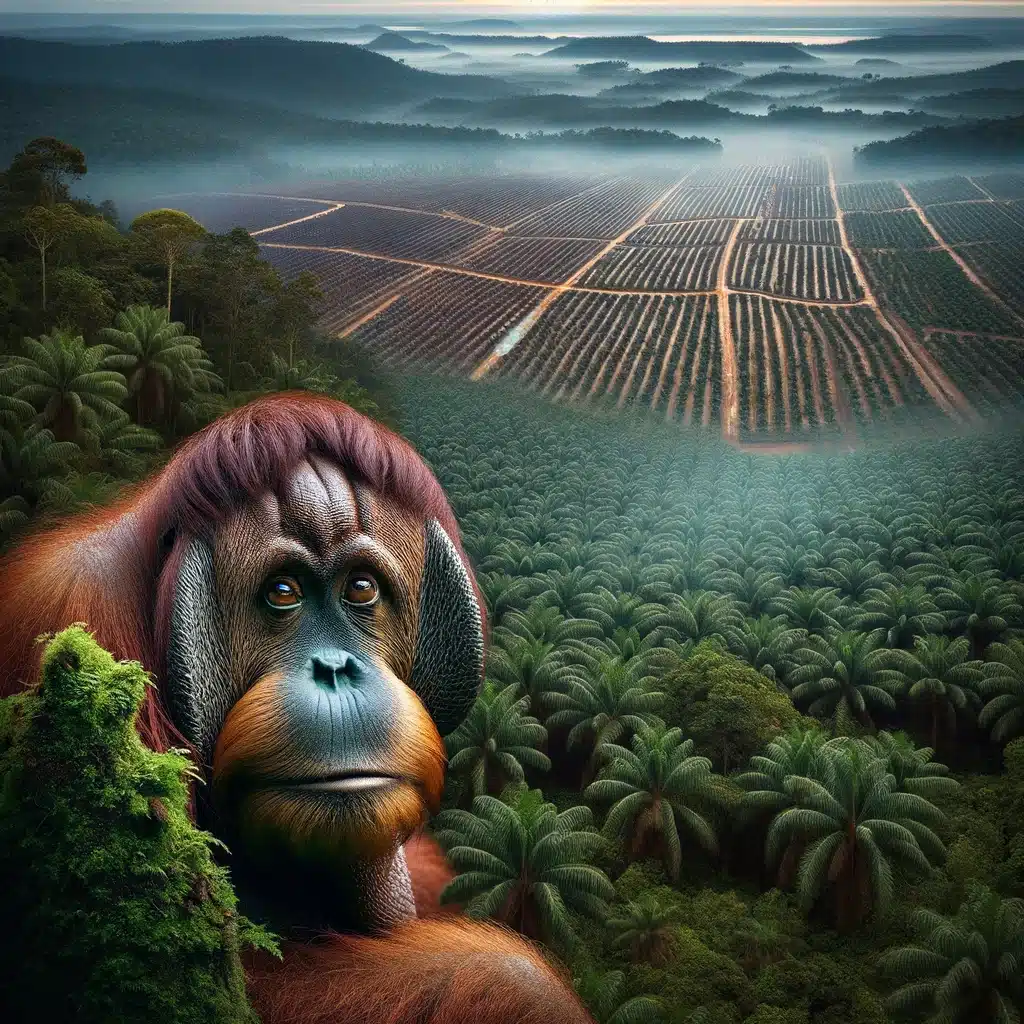Palm oil production is the primary threat to orangutans, pushing these magnificent creatures towards extinction. The demand for palm oil, a versatile ingredient in numerous products, from food to cosmetics, has led to devastating deforestation in the rainforests of Borneo and Sumatra, the only habitats where orangutans live.
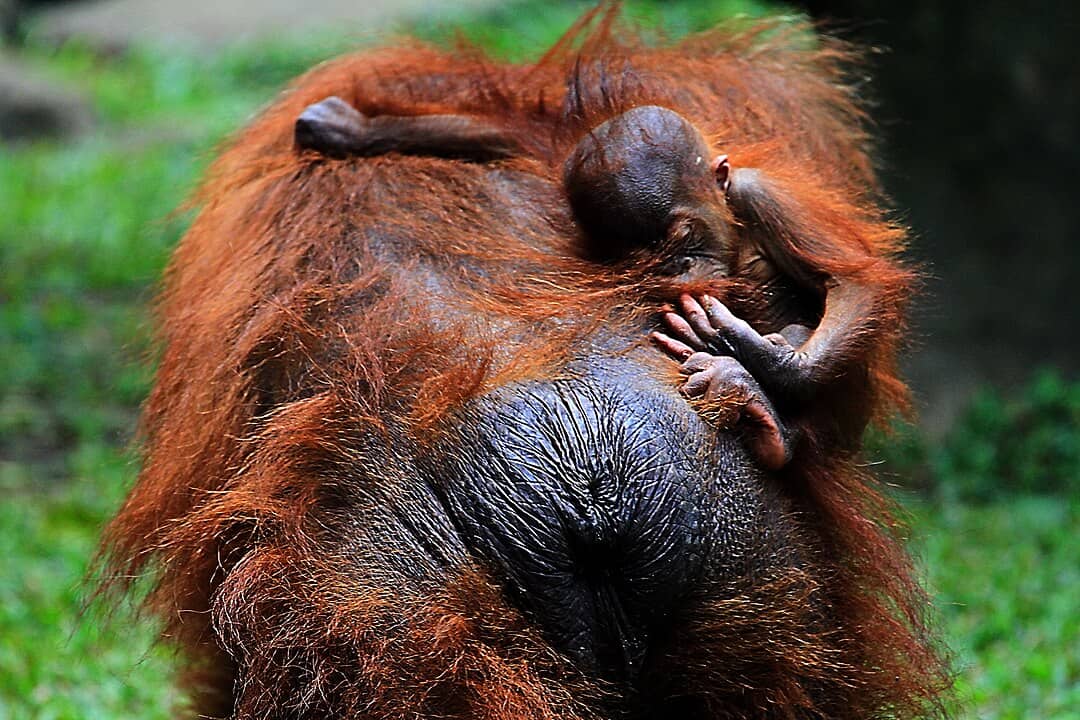
The Devastation of Habitat
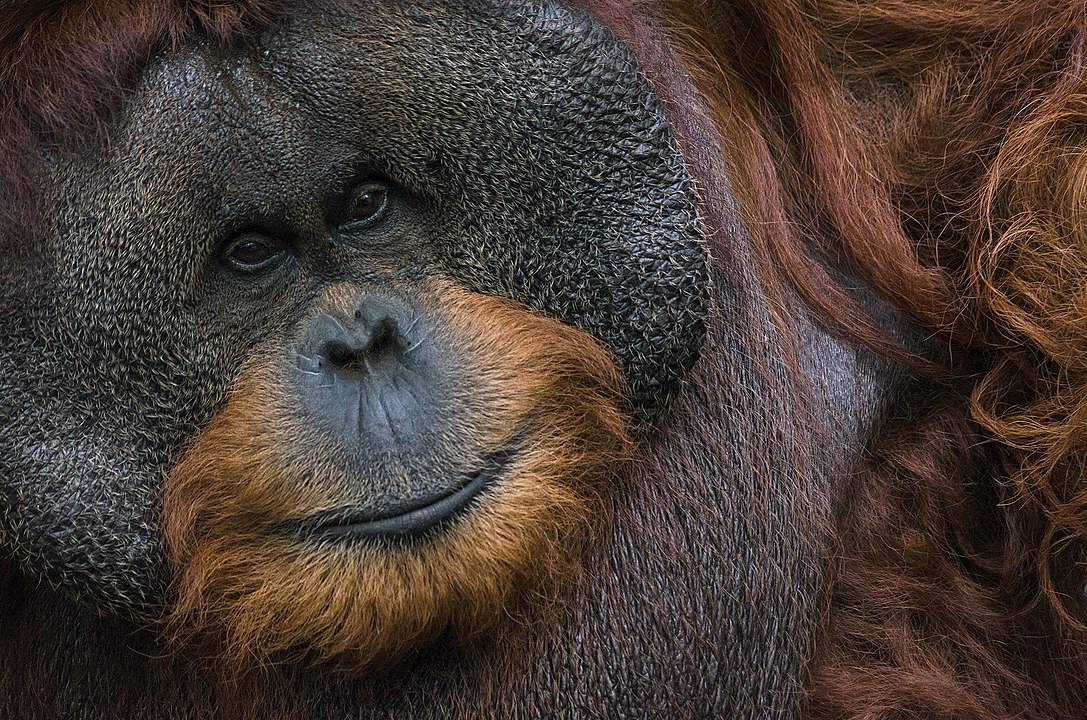
Orangutans are losing their homes at an alarming rate. Vast swathes of rainforest are cleared to make way for palm oil plantations. This loss of habitat forces orangutans into smaller, fragmented areas, making it difficult for them to find food, mate, and ultimately survive. The World Wildlife Fund reports that in the last 20 years, over 80% of orangutan habitat has been altered or lost.
Multifaceted Impact on Orangutans
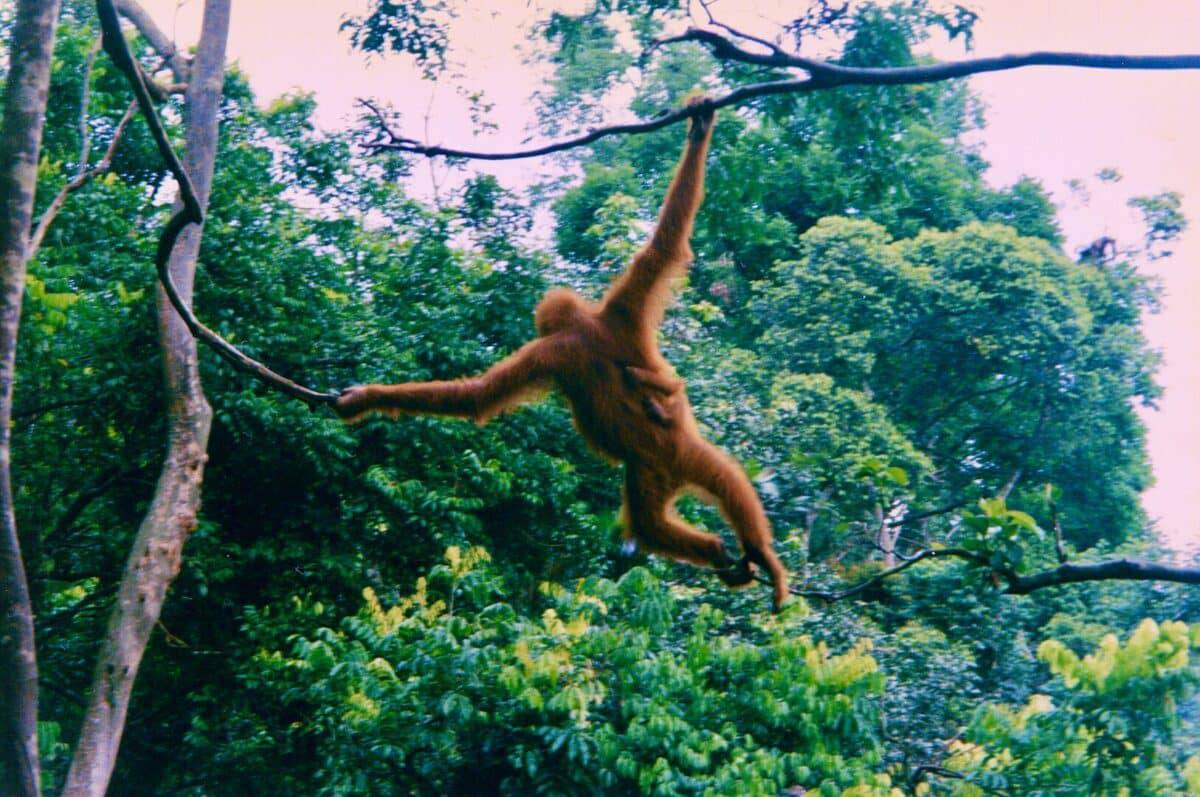
The impact of palm oil production on orangutans is multifaceted:
- Deforestation: The expansion of palm oil plantations is the leading cause of rainforest destruction in Southeast Asia. Trees are felled or burned, destroying the biodiverse ecosystems that orangutans and countless other species call home.
- Habitat Fragmentation: As forests are cleared, orangutans are forced into ever-smaller areas. Fragmented habitats hinder their ability to roam, find food, and locate mates, which is essential for survival and reproduction.
- Human-Orangutan Conflict: With their habitat shrinking, orangutans are more likely to wander into human settlements or plantations in search of food. This can lead to conflicts, where orangutans are killed or captured.
- Illegal Pet Trade: The destruction of their natural habitat also makes orangutans more vulnerable to poachers who kill adult orangutans and capture their babies for the illegal pet trade.
- Climate Change: Deforestation contributes to climate change, altering the ecosystems on which orangutans depend.
Wider Environmental Consequences
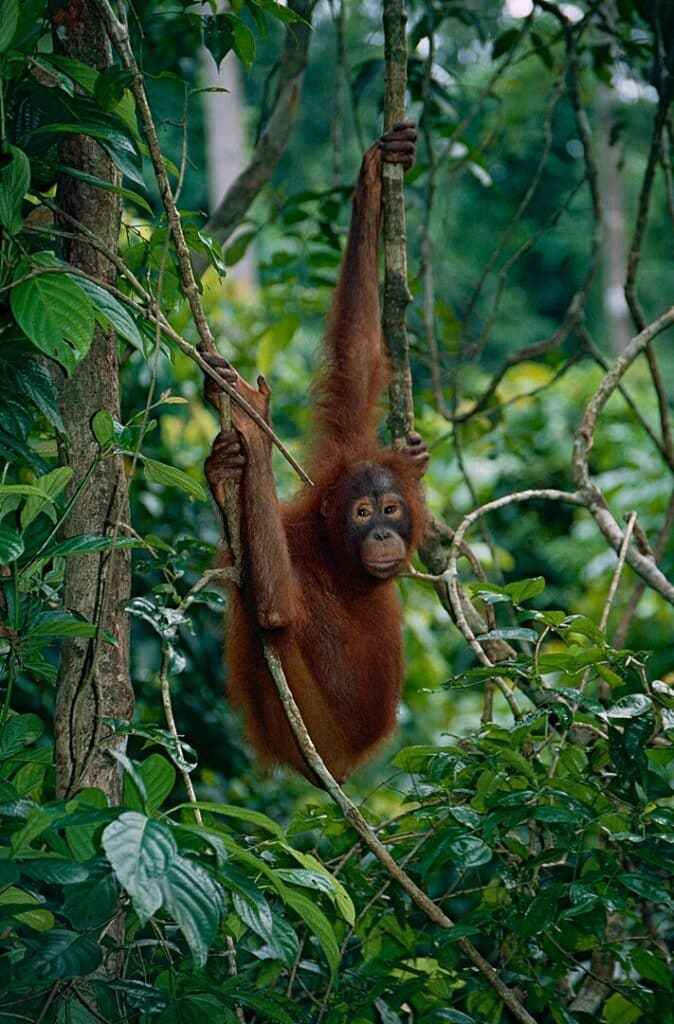
The effects of palm oil production are not limited to orangutans; they ripple out to other species and the environment. The loss of rainforests means biodiversity loss and contributes significantly to global warming.
Consumer Power and Conservation Efforts
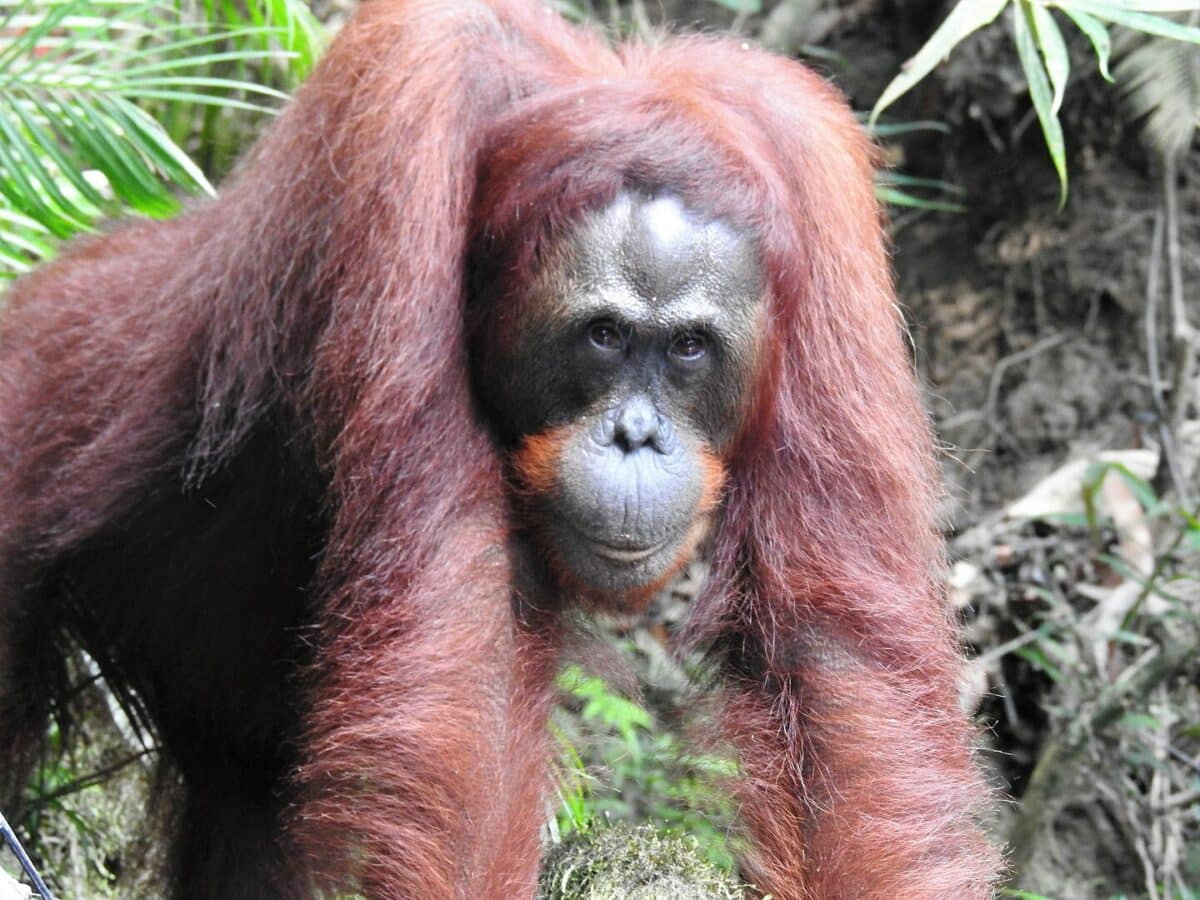
What can be done to mitigate these impacts? Consumers play a pivotal role. By opting for palm oil-free products that contain sustainably sourced palm oil, we can pressure companies to adopt more environmentally friendly practices. The Roundtable on Sustainable Palm Oil (RSPO) offers certification for sustainably produced palm oil, but it’s crucial to support stricter standards and enforcement.
In addition, supporting organizations dedicated to orangutan conservation can make a difference. These organizations work on the ground to rescue and rehabilitate displaced orangutans, reforest degraded lands, and advocate for policies that protect orangutans and their habitats.
Conclusion
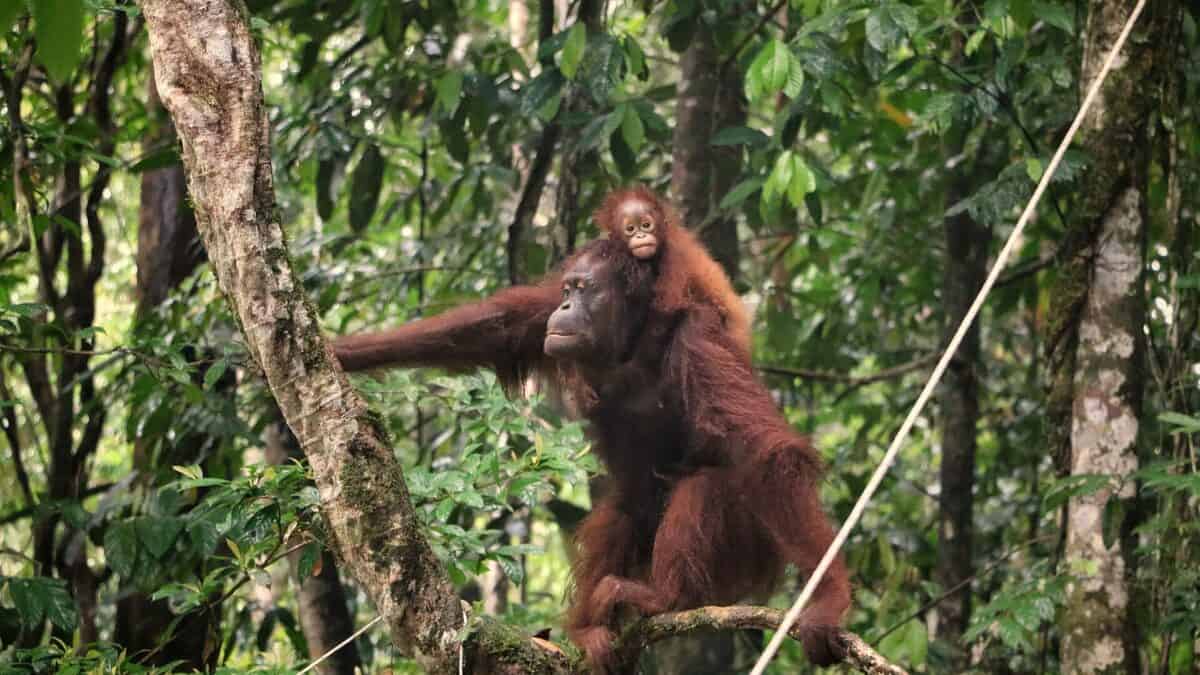
In conclusion, the link between palm oil production and the decline of orangutan populations is undeniable. Addressing this issue requires a multifaceted approach, including consumer awareness, corporate responsibility, and robust conservation efforts. By making informed choices and supporting sustainable practices, we can help ensure that orangutans have a place in our world’s future.
You might also enjoy:
Watch: Orangutan Rambo Takes Joyride on Golf Cart
Orangutan Babysits Tiger Cubs: A Deeper Look
Silent Tragedy in Borneo: Orangutan Killings Persist
Join our Forum for free today!

- The Bond Between a Wild Baby Bison and Her Rescuer - July 20, 2024
- An Excited Husky’s First Ever Time in Snow - July 20, 2024
- Top 20 Colorful Species To Brighten Your Day - July 14, 2024

